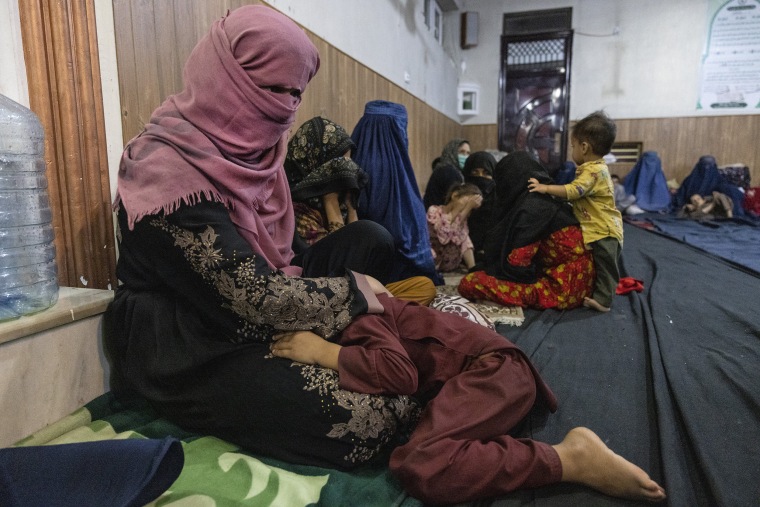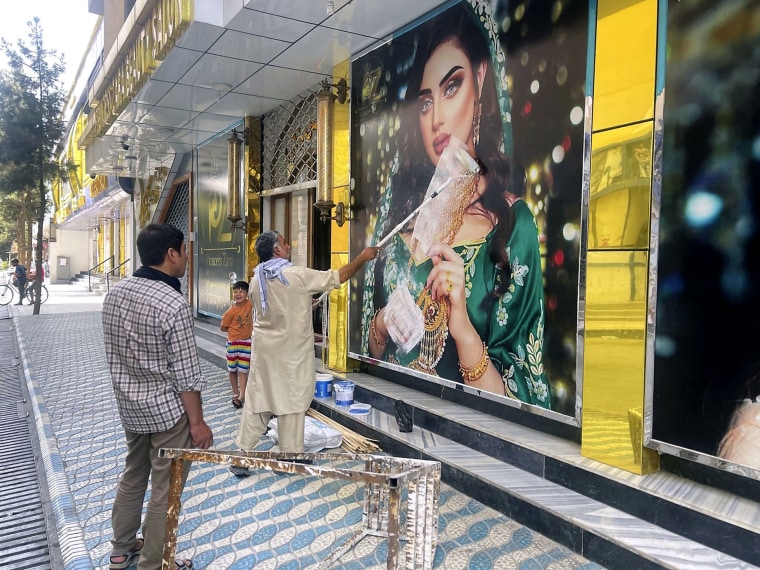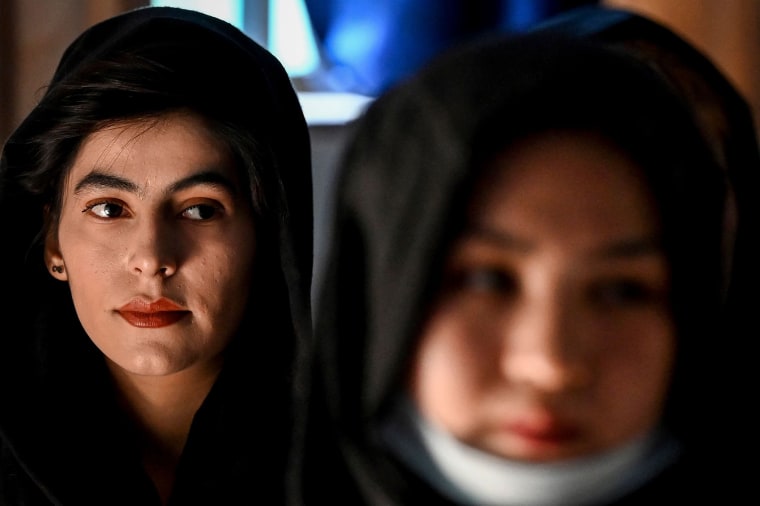The Taliban has taken control of Afghanistan, plunging the nation into a humanitarian crisis that is particularly dangerous for the country’s 14 million women and girls.
“The speed at which this has happened was a great surprise. We’d been anticipating this, but we thought it would be a couple more weeks,” said Yasmeen Hassan, executive director of human rights organization Equality Now. “Huge amounts of work has been done in women’s rights, education and political participation. I think we’re back to square one and that is very alarming.”

Since the Taliban was ousted in 2001, activists have been fighting for women’s educational, reproductive and political rights in the country. Though gender equality never became a flagship priority for the Afghani government, some progress had been made over the decades, experts told Know Your Value. For example, women became judges, ministers and police officers. And in 2020, Afghanistan's parliament had a higher percentage of women than the U.S. Congress.

“Women’s rights were never integrated into the policy, but the schools opened and there was more employment for women,” said Hassan. “Even in the worst situations, these women were brave and tenacious, and really moving forward.”
But after the Taliban takeover, many activists fear the progress made will vanish.
U.S. troops began withdrawing from Afghanistan in May. Since then, there has been a sharp rise in civilian casualties, with women and children comprising 46 percent of deaths. Chaos erupted at the Kabul airport on Monday, as thousands tried to flee the country. Seven people were killed in the fray.
“There’s already a level of fear of not being able to go to the street, of not being able to go to university tomorrow, of not being able to go to work next week, next year,” said Inna Michaeli, director of programs at the Association for Women’s Rights in Development, an international feminist organization.
For some international women’s groups, the first priority is to evacuate their workers from the area. Afghani journalists have expressed fearing for their lives, and activist groups say their Afghani workers are terrified.
“Currently, we want to make sure our partners are safe and can leave the country. For months, none of the western embassies came through with visas for women human rights defenders. They are petrified for their lives. Some have gone to the airport and been turned away,” said Daisy Khan, founder and executive director of the Women’s Islamic Initiative in Spirituality and Equality, which educates Muslim women and religious leaders on women’s rights.
Groups like the Global Fund for Women and Women for Women International are raising emergency funds for grassroots groups on the ground in Afghanistan.
“Feminist groups in Afghanistan are currently providing food, medical care, and safe spaces for women and children,” said Latanya Mapp Frett, president and CEO of the fund. “They’ve set up schools for girls in secret under prior Taliban rule and will continue in secret if they have to.”
From 1996 through 2001, the Taliban reigned over Afghanistan and notoriously brutalized women and girls, barring them from working, attending school or going outside without male accompaniment or face covers. Female Afghanis routinely endured public beatings and humiliations. Many believe that the same reign of terror has already re-emerged 20 years later.

Individuals can donate directly to refugees through organizations like Global Fund for Women, Women for Women International and the United Nations Crisis Relief.
Everyone should put pressure on their politicians to put a stop to the Taliban and protect the women in the area, several activists said. They encouraged communities to have compassion for refugees who need to evacuate and resettle.
And in the long-term, any future talks in Afghanistan must include women, Michaeli said.
“I think those of us in the stable positions have the responsibility to keep up the hope, but also point to longer-term solutions and the way forward,” said Michaeli. “Ensuring that women and women’s rights are properly involved in all political processes going forward. It’s critical that agreements are not made over their heads and that women’s rights and futures are not traded away.”
Related video:
This story first appeared on KnowYourValue.com.
